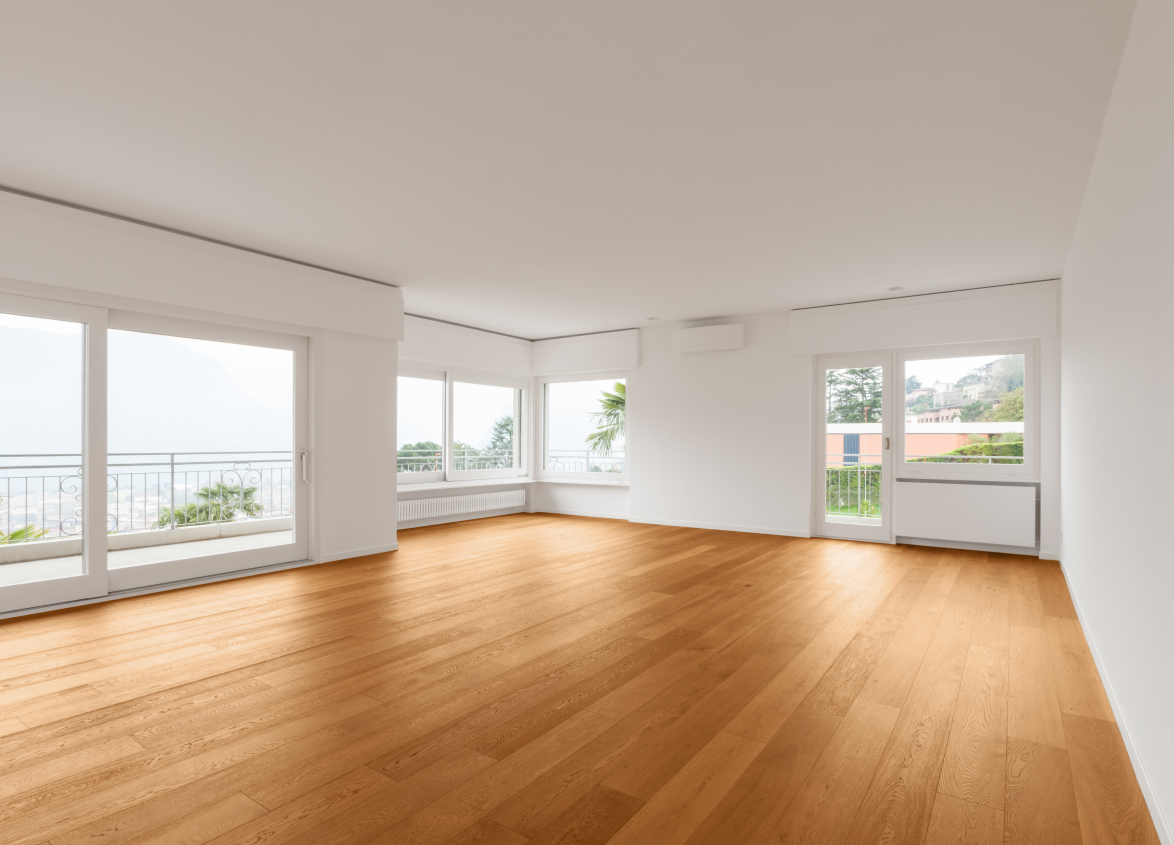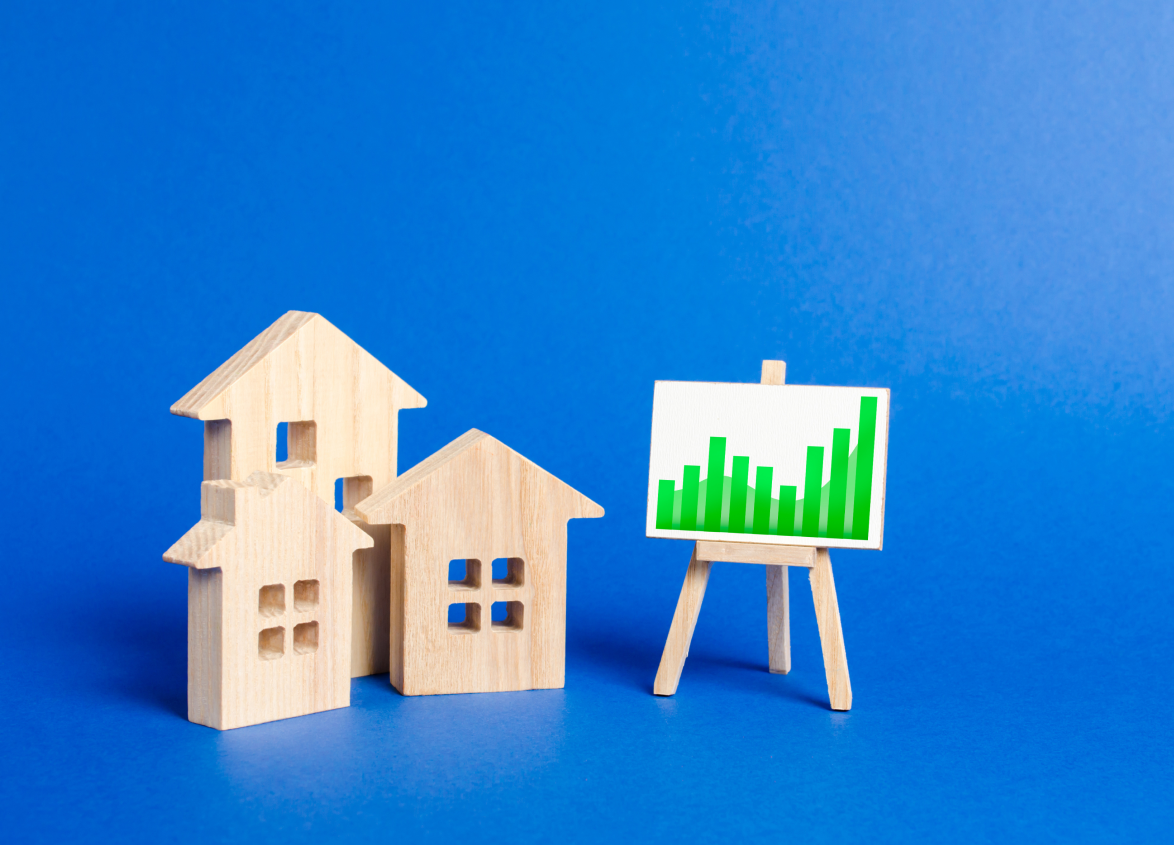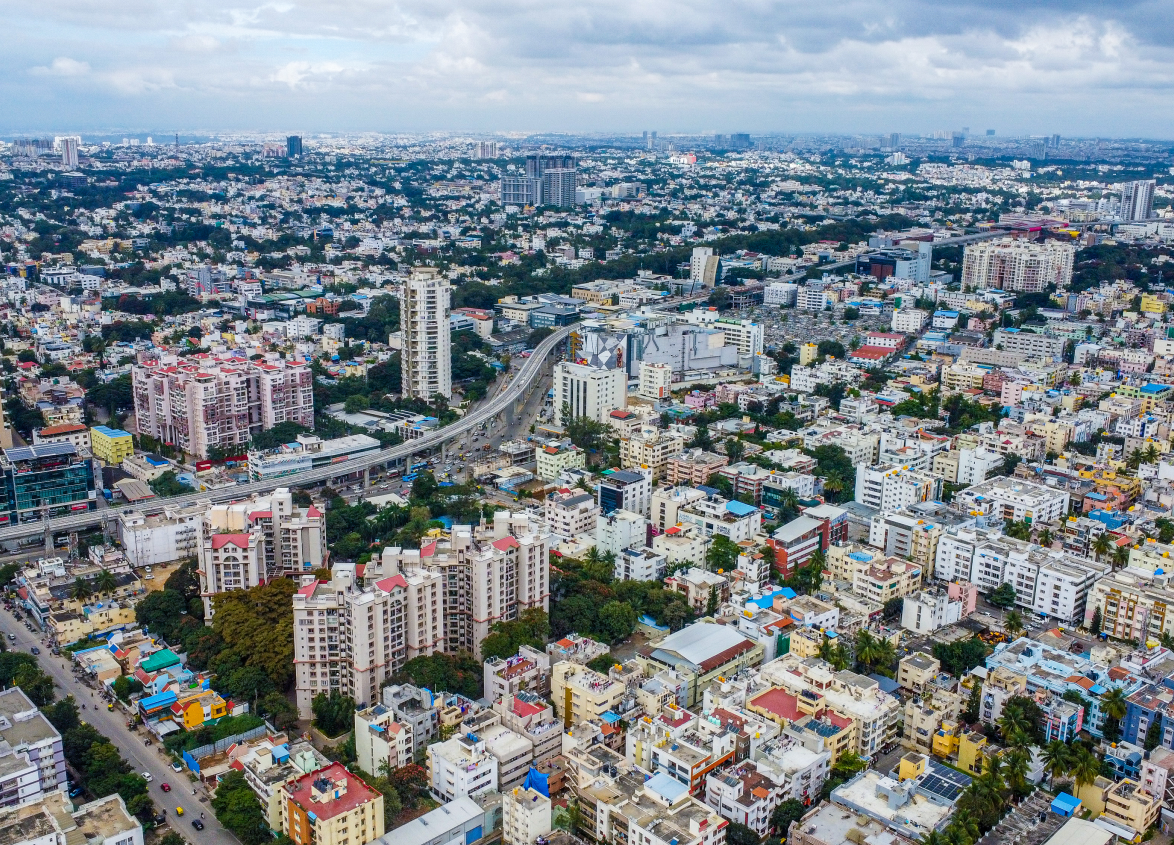
Residential
Common Land Measurement Units Used in India
October 09, 2024
Bigha, Katha, Guntha – have you ever wondered what these land measurement units really mean?
The Indian real estate market is unconsolidated and, thus, vast. One of the major issues while buying property is that India uses multiple measures to determine the size of the property. There are regional lingos of land measurement whereby each state has its vernacular of a unit of measurement. The same unit might denote different measurements. This can be really tricky, especially if you are thinking of purchasing land in a different state.
Regardless of your position on the supply or demand side of the market, if you are an investor interested in land, the knowledge of the land measurement units is essential to facilitate exchange and avoid legal conflicts.
Let’s go through these different measurements and understand 0.04 acre to katha or determine 1 bheega in square feet. This comprehensive guide explains the characteristics of these frequently used land measuring units in India and the techniques used to measure land.
What is Meant by the Land Measurement Unit?
A land measurement unit is defined as one of the standard units of measurement used to describe the size of an area of land. These units are used to estimate the sizes of land for the purposes of agriculture, housing and business, among others.
Sometimes, the unit of this measurement may also depend on locality, and this can cause some confusion while undertaking transactions.
Today, international characteristics of measuring large areas such as acres, hectares and square feet are commonly used in current real estate transactions. But still, some particular units like bigha, katha, and guntha are in use to some extent. They are especially prevalent in rural areas.
For instance, acres could be commonly used in areas such as real estate in metros like Mumbai, while some older local units would still be used in rural and semi-urban areas in Mathura.
You need to understand these in detail to gather the right information and invest the right amount.
Difference Between Plot and Ground
As we proceed to the various forms of land measurement units that are practised in different states in India, we have to first differentiate between the terms "plot" and "ground" as they seem synonyms but mean different things.
Plot: A plot is an area of land that has been portioned out or allotted for a particular use, such as for residence or business. It most often refers to a portion of land within a larger area.
Ground: It is worth noting that ground is still used as a standard unit of land measurement in some areas of India, especially Tamil Nadu. One ground is equal to 2400 square feet, and this is the most standard unit employed when conducting property transactions in this part of the world.
Knowledge of these terms is important, especially when it comes to land-related transactions, since the meaning of these terms may vary with regions.
Common Land Measurement Units in India
Due to varying geological and socio-cultural dynamics, the country uses various units to measure land. Different states have their preferred units, and those measurements can also differ greatly. Below are some of the most frequently used ways of measuring land in India's northern, southern, western and eastern regions.
Northern India:
Bigha: The word 'bigha' originated from the northern part of India and is the most commonly used method to measure land in this part of the country. Different states have different sizes of bigha. For instance, in Uttar Pradesh, 1 bigha is equal to 27,000 sq. ft, whereas in Rajasthan, 1 bigha can go up to 27,225 sq. ft.
These variations can sometimes be a little bewildering so it is important to determine the specific meaning of 'bigha' in the region from where you are buying or selling the land.Katha: This unit is utilized a lot in Bihar, Jharkhand, West Bengal and other parts of northern India. One katha can, therefore, come with a land area of about 750 sq. ft. to 2,000 sq. ft. For example, if you have to convert 0.04 acres to katha, you will get different results in these different regions.
Southern India:
Ground: This term is most commonly used in Tamil Nadu, where one ground is equivalent to 2,400 sq. ft. It has been widely employed in property transfers, especially in Chennai and its outskirts.
Guntha: Another unit used in South India is 'guntha,' which is used in Maharashtra, Andhra Pradesh and Karnataka. One guntha is equal to 1089 sq ft. and is customarily used to measure the agricultural land area for sales purposes.
Western India:
Acre: A globally recognised unit of area, 1 acre equals 43,560 square feet of land or territory. It is often used in large-sized real estate sales and purchases and in the agricultural domain of India. Although more standardised in terms of usage, acres are used in urban real estate or large-scale agrarian sales.
Vigha: Another variation of bigha is vigha, which is more popular in Gujarat and Rajasthan. The size of vigha in Gujarat is approximately 16,500 square feet.
Eastern India:
Katha: In the districts of western Bengal and Assam, katha is very important as a unit of land surveying. In West Bengal, one katha can be calculated as 720 square feet, but in Assam, it may be slightly different.
Chatak: Another old conventional unit of measuring land in West Bengal is chatak, which is equivalent to 180 sq ft.
Central India:
Biswa: Another local unit, 'Biswa,' is present in Madhya Pradesh, Punjab and some parts of Haryana. The values of this unit vary from place to place, but in general, one biswa equals 1500 to 2500 square feet.
How to Measure Land Area?
How should you measure land? This is critical because correct measurement determines whether the transaction is fair or not. Whether you are purchasing, selling, or even assessing land, you must know its size in the right units. Below are some ways of determining the size of land, both traditional and modern.
Traditional Methods:
Chain Surveying: Chain Surveying is one of the oldest surveying methods. It uses a chain to measure distance. Though it is practiced particularly in rural settings, it is not frequently used in urban real estate transactions because of its inaccuracies and limitations.
Tape Measure: In the case of a small piece of land, such as for residential buildings, tape measures can be used for the measurement of boundaries. Length and breadth are used to calculate the area in square feet or other units.
Modern Methods:
Total Station Surveying: This method uses advanced electronic distance measurement (EDM) technology to increase efficiency while measuring distance and computing land areas. It is normally applied when constructing cities and large farms or producing large-scale agricultural activities.
GPS Surveying: GPS technology has made it incredibly easier to provide exact measurements of large tracts of land. It is often utilised in large project development in real estate and government land subdivision surveys.
Land Measurement Calculators: With the new advanced technology tools, it is easier to compute land area in various measurements. Simple calculators enable you to easily convert measurement units from bigha, hectare, acre and many other units.
Land Measurement Conversion Table
Due to the many approaches to measuring land in India, the following table of conversions can be useful. This simple conversion table converts some of the popular units of measurement in India. Let’s quickly run through them.
| Unit | Equivalent in Square Feet |
|---|---|
| 1 Bigha (Uttar Pradesh) | 27,000 sq. ft. |
| 1 Acre | 43,560 sq. ft. |
| 1 Hectare | 107,639 sq. ft. |
| 1 Ground (Tamil Nadu) | 2,400 sq. ft. |
| 1 Katha (Bihar) | 750 - 2,000 sq. ft. |
| 1 Guntha | 1,089 sq. ft. |
| 1 Gaj | 9 sq. ft. |
| 1 Square Yard | 9 sq. ft. |
| 1 Chatak (West Bengal) | 180 sq. ft. |
This table may be handy when engaging in property transactions, particularly across the states. You will be well-equipped with information on how measurements are carried out regarding land sizes.
How to Use a Land Measurement Unit Calculator?
A simple solution for converting between land measurement units is to use a land measurement units calculator. These tools are most valuable when you have no clue about the current units used in a certain area or for anyone who practices their line of work across various regions that utilise varying units.
Suggested Read - Making the most of Land Investments
Steps to Use:
To use the land area measurement calculator, follow these steps:
Enter the known measurement: Enter the land area in the familiar unit. For instance, if you are working with 0.1 hectare in Bigha, you would input this hectare value into the calculator.
Select the desired unit: Select another unit, such as acre or square foot, into which you wish to convert the area.
View the result: The calculator will immediately convert the area into the desired unit of measurement that you have chosen. This makes it quite simple to switch from local to global units of measurement.
These tools are very helpful, particularly when performing calculations, to avoid the possibility of making the wrong unit conversion, which may occur in the real estate business and lead to losses.
Of course, you can’t trust these tools blindly and need to get that verified. But if that’s not possible, use this method.
Benefits & Importance of Knowing Land Measurement Units
It is essential for anyone in the real estate business, whether as a buyer, seller or manager, to have some basic understanding of land measurement units. This directly concerns you if you are considering buying or selling land or property. Here are some of the key reasons why this knowledge is essential:
Understanding the importance of accurate land measurements is crucial for various reasons:
Accuracy in Transactions: In most land transactions, it is important to note the correct unit to measure the land so that both the buying and selling parties know its size. This makes discussions less likely to stall due to disagreements and increases the level of transparency.
Regional Variations: In India, different areas use different ways of measuring the land; therefore, being acquainted with the local names will help ensure you do not get the wrong measure while purchasing land in a new area. For instance, if you compare the property size of Katha in Bihar with that of other states, you have to readjust it in terms of square feet or acres.
Correct Valuation: Land is also most often priced on a unit basis, such as ₹ per square foot or ₹ per acre. Understanding this conversion helps calculate the equivalency between bigha, acre or any other unit of measurement so that the price quoted by the sellers or offered by the buyers is correct.
Legal Clarity: Most cases of conflict surrounding land considerations result from differences in the unit of measurement of land. It is important that land is well measured and recorded in the right unit so that it does not lead to complications in the future.
Land Measurement and Administration Officers in India
Indian land administration is controlled by the different levels of government officers dealing with the records of land, its measurement and the settlement of disputes.
Understanding the roles related to land measurement is crucial for real estate transactions:
Tehsildar: A tehsildar is responsible for land revenue administration and administrative functions in a certain area. They work for accuracy in record keeping of all parcels of land and are significant in determining various land issues, including ownership and size.
Patwari: A patwari is a village-level officer who deals with records related to people's holdings. They help in land surveying situations and ensure that the correct units of land measurement are employed while measuring land size.
Knowledge of the areas of measurement is essential for the properties involved in the real estate business in India. Understanding them is essential since so many different traditional and modern units exist. Hopefully, this guide has helped you make your real estate transactions easier and more comprehensible.
FAQs
1. What is Gaj? How many sq ft are there in 1 Gaj?
Gaj is an area unit that has been used in North India; one gaj is equivalent to nine square feet.
2. How many sq ft are there in 1 Guntha?
1 'guntha' is equivalent to 1089 sq ft.
3. How many Bighas are there in 1 Acre?
The measure of one acre can differ with a variation of bighas to an acre ranging from 1.6 to 2 bighas.
4. What is a Square Foot?
A square foot is one of the most universally used measurements of area worldwide. It is equal to the measurement of the one-foot length of a square-shaped area.
5. What is Square Yard?
A square yard is equal to nine square feet and is often used in India to indicate the area of a plot of land.
6. What is a Square Meter?
A square metre is another way used to measure area, and it is a metric unit. One square metre is equal to 10.76 square feet.
7. What is Acre?
An acre is one of the international units of measurement adopted to describe vast expanses of territories, particularly for farming and business. An acre equals 43,560 square feet.
8. What is Hectare?
A hectare is a metric unit of land area that is mostly used in agriculture. One hectare equals 107,639 square feet.
9. How is Land Size Measured?
Land size can be measured by using chains, tapes and global positioning system (GPS) devices to understand the land size. It is measured in local units of land measurement which are later translated into standard units such as acre or square feet for legal purposes.
MUST READ
Looking for something specific?
We'd be delighted to help you.





























































































































































































































































































































































































